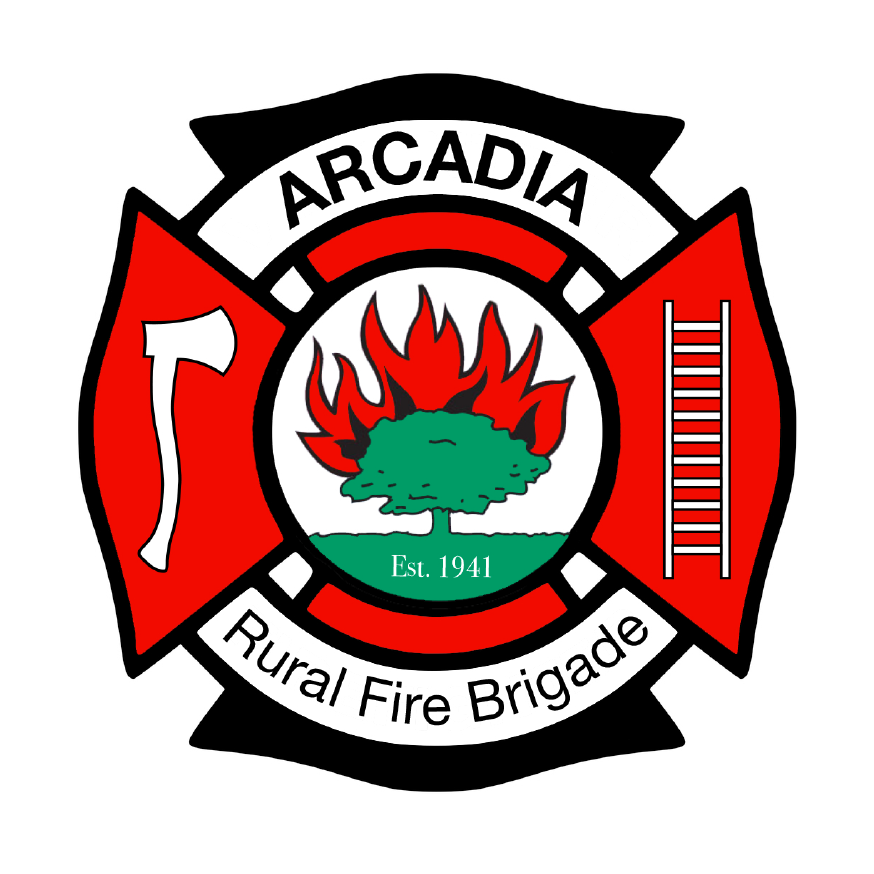While only a small device, smoke alarms are vital in ensuring lives are protected. They are responsible for not only detecting a fire, but to also alert residents of a fire, waking them up and in time to escape the property safely.
There are two types of smoke alarms that are designed to detect a fire- Photoelectric and Ionisation smoke alarms. The way each alarm type operates means that they detect fires at different stages.
Legislation requires all NSW residents must have at least one working smoke alarm installed on each level of their home. This includes owner occupied, rental properties, relocatable homes or any other residential building where people sleep.
Photoelectric Smoke Alarms
Photoelectric smoke alarms are designed to ‘see’ the smoke before it bursts into flames. They are able to detect slow burning smouldering fires significantly earlier than ionisation smoke alarms. As a result of early detection, occupants are able to escape the property safely while the level of smoke is low and the air is breathable.
Ionisation Smoke Alarms
Ionisation smoke alarms are designed to ‘smell’ the smoke that comes from the flames of a fire. They are able to detect fast flaming fires. Because ionisation smoke alarms take longer to respond to smouldering fires, breathing and visibility problems may occur, making escape more difficult for occupants.
Smoke alarms are life-saving devices that provide benefits for occupants. They detect smoke well before any sleeping occupant would and provide critical seconds to implement actions to save life and property. Smoke alarms are designed to detect fire smoke and emit a loud and distinctive sound to alert occupants of potential danger.
You must install smoke alarms which comply with Australian Standard 3786 (AS3786). The standard should be clearly marked on the packaging.
If you previously installed smoke alarms prior to 1 May 2006 that do not comply with AS3786 they will be deemed to comply (providing that they are working and in the correct location).
For more information visit the Fire Rescue NSW website for more information.



